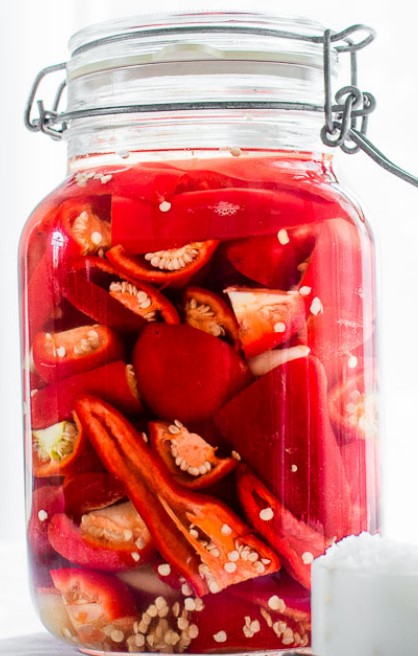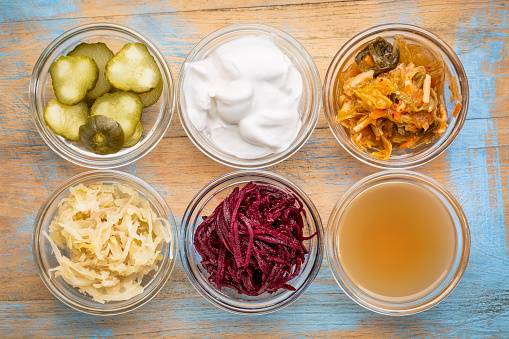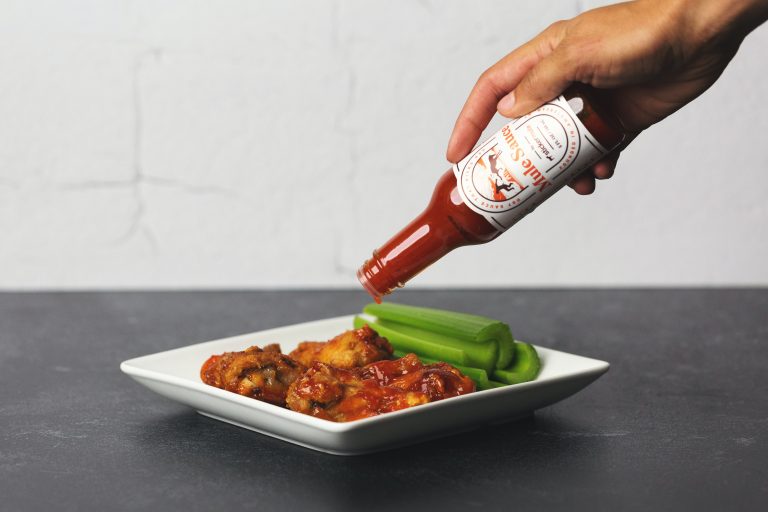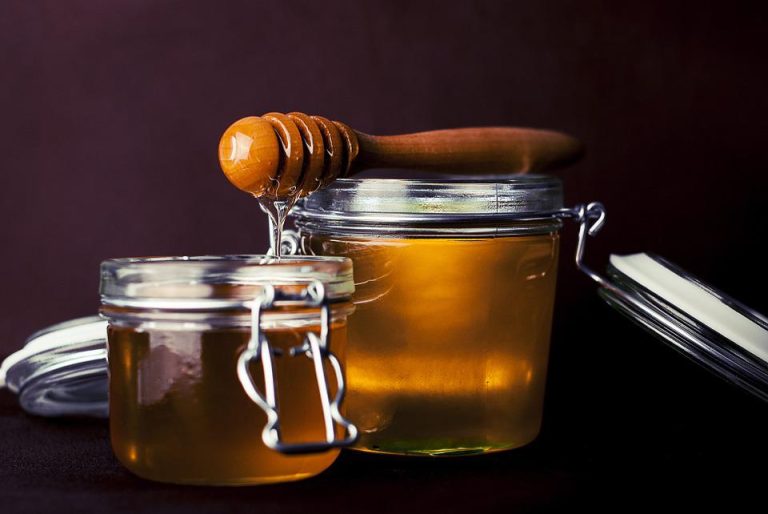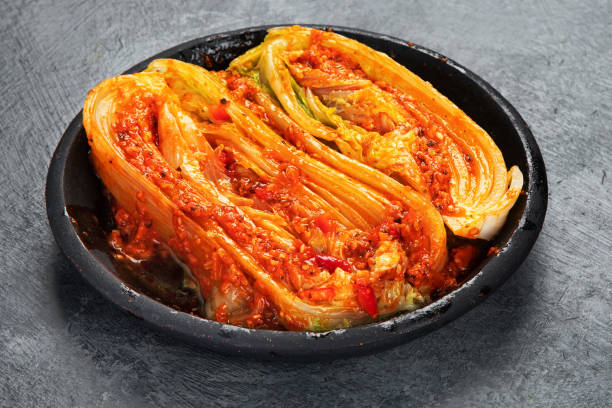How Does Fruit Ferment Naturally?
Fruits and vegetables are very different from each other. It is more common to find foods made from vegetables that are fermentable because they have lower sugar content.
It is more common to find fruit in alcohol ferments like wine and cider because of the high sugar content in fruit.
There are many good reasons to ferment fruits, and the process isn’t complicated.
How does fruit ferment in nature?
There are two methods for fruit fermentation naturally. First, the fruit is cut in half and stored in water with lemon juice.
The other way is to place the unripe fruit in a container with water or apple cider vinegar.
The process happens naturally, and the enzymes in the fruit create the lactic acid that gives the fermented fruit its characteristic taste.
The fermentation period ranges from a few days to several weeks.
Everything you need to know is listed here.
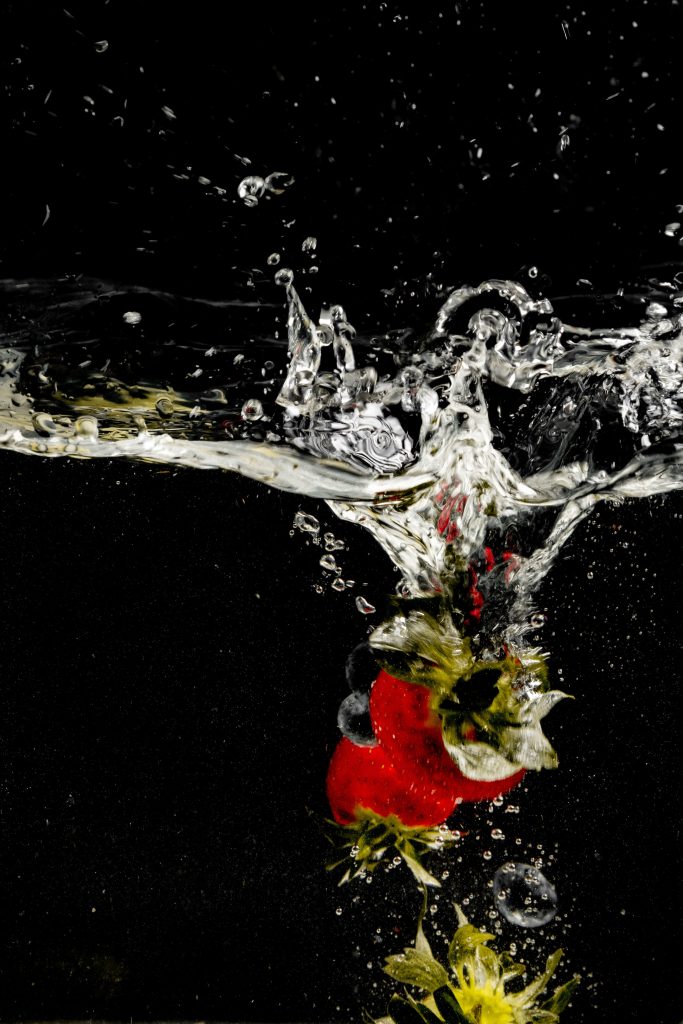
Table of Contents
How Fruit Ferments Naturally?
In the process of fermentation, deprived of oxygen, certain bacteria and yeasts consume sugars in foods and create new flavor compounds.
The right environment for these beneficial microorganisms to grow and thrive can be found in the foods they are found in.
When you ferment vegetables, the beneficial probiotic bacteria feed on the vegetable’s sugars and create a sour, acidic environment that discourages any other bacteria.
When the yeast starts to grow in an environment, it consumes sugar and creates alcohol. There is high sugar content in honey and it is often made with yeast.
Fruits, like grapes, apples, and even bananas, are usually fermented for alcohol, and vegetables are traditionally fermented for food.
Many fruits will naturally ferment by themselves due to this. It is not uncommon for fallen apples to ferment, which can lead to videos of animals getting drunk from eating old apples.
FAQ
Is It Possible For a Fruit to Ferment in the Fridge?
Fruit can ferment in the refrigerator because the yeasts that cause it are already present on the fruit, in the air, and on your household surfaces.
The majority of the time, this happens by mistake.
The fridge is not the ideal environment for yeasts and microorganisms to grow because it is not a good environment to create a beneficial environment.
Most fruits have skins that keep surface organisms from accessing the sugar inside, which is why it is most common when fruits have been torn or crushed and left in the refrigerator for a while.
How to Ferment Fruit Quickly?
The natural flora of fruits can be unpredictable because of the unpredictable nature of the natural flora of yeasts.
It’s best to use a starter culture if you want to ferment fruits quickly and have a more predictable outcome.
The type of starter you use affects whether or not you end up with alcohol in your ferment or not.
The fastest way to ferment fruit is with a strain of yeast called a lactobacillus. Lactic acid will be converted into fruit sugars instead of alcohol.
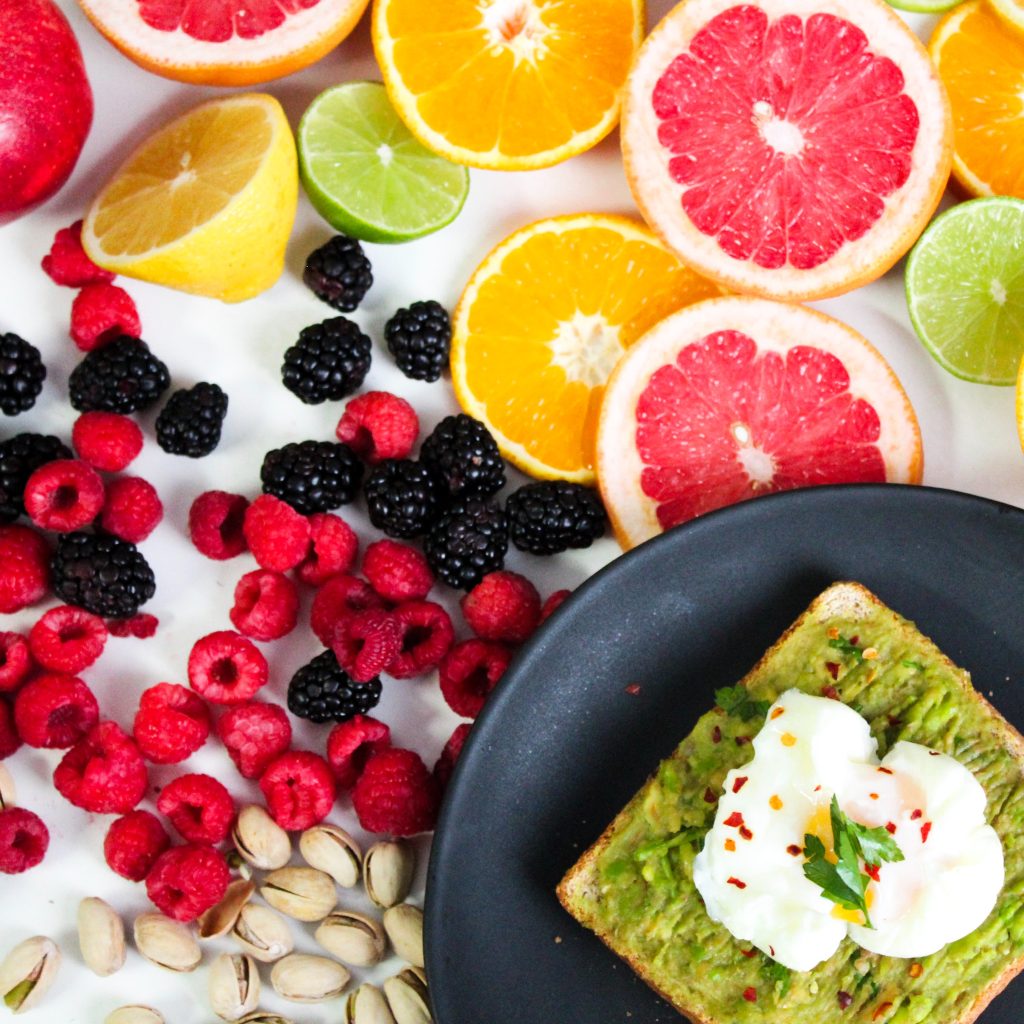
The Lacto fermentation process can be used to ferment fruit quickly.
Take a large jar and mix:
- 2 TB of a liquid sweetener
- 2 TB of a lactobacillus starter
- ¼ teaspoon salt
- 3 TB of filtered water
- Combine them and set aside
To prepare the fruit:
- It’s a good idea to clean the outside of the fruit well.
- Stems, leaves, and anything else that may be blemished should be removed. If you prefer, you can leave the peel on the fruit with an edible peel.
- You can Chop or slice the fruit and put it in a jar.
- It’s possible to add spices for flavorings, such as cinnamon sticks, allspice berries, cardamom pod, or citrus rinds.
- You can put your starter liquid over the prepared fruit when the jar is packed.
- Ensure that your fruit remains completely submerged by adding weight to it.
- If the starter liquid doesn’t completely cover the fruit, you should add some water to cover it.
- At the top of the jar is where you should leave an inch of headspace.
- Seal the jar and keep it out of the sun at room temperature.
- You can ferment your fruit in as little as a couple of hours after this method. For up to two days, the fruit can be kept in the liquid.
What Fruit Ferments the Fastest?
The fruits that ferment the fastest have high levels of sugar. Red and white grapes and peaches ferment quickly, creating alcohol in just 6 days.
It takes about nine days for apples, pears, and pomegranates to ferment after that.
A large number of seeds in blackberries can cause low-sugar fruits like cranberries to ferment differently than they should.
Is It Possible For a Fruit To Ferment Without Yeast?
It’s possible to ferment fruit without added yeast. Most people who are trying to make food out of fruit will avoid yeast and use a different type of bacteria to start the process.
It is very common to ferment fruit without yeast to prevent it from being alcoholic.
In Summary
If you want to ferment fruit to create alcohol, use a yeast-based starter to convert the fruit sugars into alcohol.
If you want to enjoy the benefits of eating fermentable foods, use a starter to ferment without alcohol.
Fruits ferment quickly and last longer than vegetables, so they should be enjoyed soon after being fermented.
Fermenting fruits will allow you to enjoy jams, chutneys, and other interesting flavors while boosting your health.
Fermenting fruits is so easy that you don’t have to worry about experimenting with your fruits.

Foodie and a passionate cook, I am here to share all of what I know about cooking, kitchen, and food prepping.
Follow me for delicious and healthy recipes.

